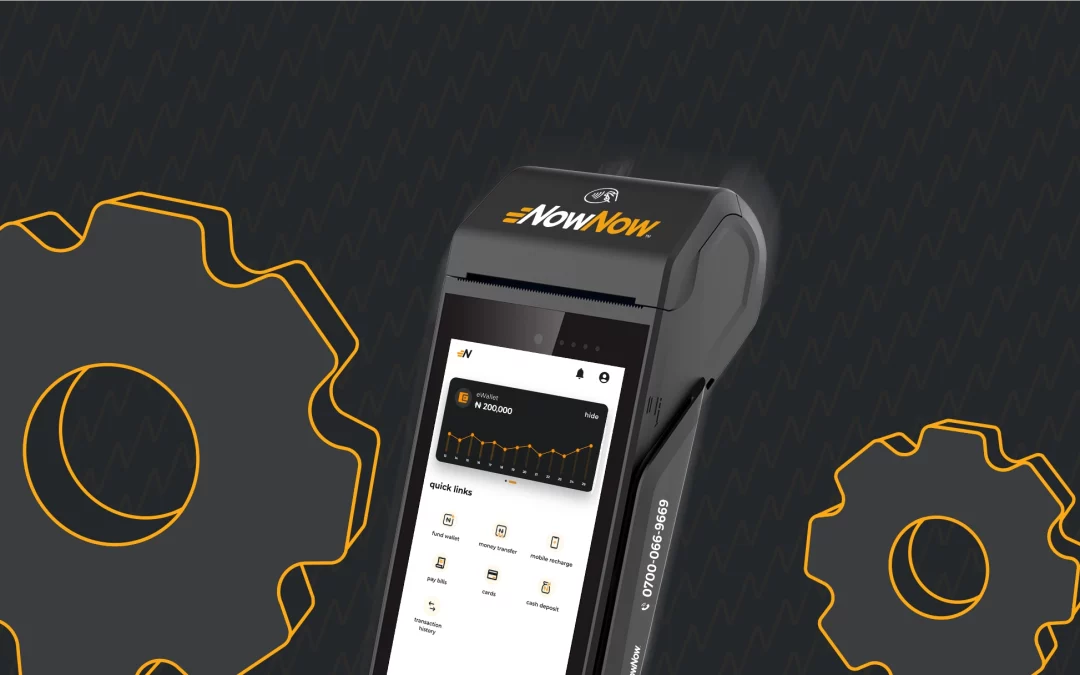Have you ever been in a situation where you get a POS Chargeback alert drops? You start asking yourself, “How much did I just lose?”, “Who was that customer?”, or “What did I do wrong?”
It’s okay to feel that way: you don’t have to panic.
In this quick survival guide, you’ll learn what a POS Chargeback really means, why it happens, and what to do fast so you don’t lose your hard-earned money.
What Exactly Is a POS Chargeback?
Let’s say a customer pays ₦10,000 for goods or airtime using your POS. You print the receipt, hand it over, and continue your day. Then, a few days later, you get a message from your bank saying:
“₦10,000 has been reversed.”
That reversal is called a POS Chargeback. It happens when a customer disputes a transaction, and their bank temporarily (or permanently) reverses the payment.
In simple terms, it means your money moved out because a chargeback investigation is happening between banks or fintech platforms.
Why POS Chargebacks Happen
Chargebacks don’t just appear out of nowhere. They usually happen for a few common reasons, especially with POS transactions:
- Failed or duplicate transaction: The customer was debited, but your terminal didn’t show “Approved.”
- Unauthorized use: Someone used the customer’s card without permission — a clear case for POS fraud prevention.
- Customer confusion: They forgot about the payment and reported it as fraud.
- Service not received: The customer didn’t get what they paid for.
- Network or system errors: A glitch from the bank, switch, or POS terminal caused an issue.
Some chargebacks are honest mistakes. Others are intentional fraud.
But whatever the case, there’s a structured POS dispute resolution process designed to help you fix it.
How the POS Chargeback Process Works
Every bank and fintech in Nigeria follows CBN’s chargeback guidelines and the NIBSS Industry Dispute Resolution System (IDRS) to manage POS payment issues.
Here’s what typically happens:
- The customer complains to their bank (for example, “I was debited but didn’t get value”).
- The customer’s bank (issuer) raises a dispute through NIBSS.
- Your bank (acquirer) receives the complaint.
- You get notified via SMS, email, or your POS app.
- You usually have 24–72 hours to respond.
- Your bank investigates and might ask for evidence.
- The decision:
- If your proof is solid, you keep the money.
- If not, a POS transaction reversal occurs, and the customer gets refunded.
What to Do Immediately After a POS Chargeback Alert
Step 1: Don’t panic.
POS Chargebacks are part of keeping the payment system safe. Take a breath, it’s fixable.
Step 2: Gather your proof.
Collect any evidence that shows the customer received value:
- Printed receipt showing “Approved.”
- Transaction ID or reference number.
- CCTV footage or customer photo (if available).
- WhatsApp or SMS chats confirming payment.
- Signed delivery note.
Step 3: Log a complaint or contact your support team.
Use your POS dashboard → Transaction Dispute, or email your bank or if it is NowNow, contact MyBiz customer support
- Transaction date and amount
- Last 4 digits of the customer’s card
- Reference code
- Why you believe the chargeback is wrong
- All supporting proof
Step 4: Follow up daily.
Don’t assume it’s being fixed. Stay on it until there’s feedback.
If delays happen, contact your provider’s hotline — e.g., NowNow: 0700669669.
Step 5: Stay calm and professional.
The customer support team didn’t take your money, they’re the ones helping you get it back.
Common Myths About POS Chargebacks
“The customer’s bank just took my money!”
Not exactly. The customer’s bank only raises the dispute, it still goes through NIBSS and your fintech before any money moves.
“Once they reverse it, it’s gone forever.”
Wrong. If your proof checks out, the POS transaction reversal can be cancelled and your funds restored.
“Chargebacks mean I’ve lost the customer.”
Not always. Handle it calmly, explain the situation, and you might even earn their trust.
How to Prevent POS Chargebacks
When it comes to POS fraud prevention, simple habits make a big difference.
Here’s how to reduce future POS payment issues:
- Always print receipts, even when customers say, “Don’t worry.”
- Wait for the “Approved” message before giving goods or cash.
- Keep a logbook with names, phone numbers, and transaction references.
- Avoid third-party transactions: “My brother sent me” stories often lead to trouble.
- Maintain your terminal and avoid switching it off mid-transaction.
- Use CCTV or your phone camera to record transactions for proof.
- Train your staff to follow these same steps consistently.
When to Let It Go
Sometimes, chasing a small chargeback (₦1,000–₦2,000) isn’t worth your stress.
If the amount is low or your evidence is weak, it’s okay to move on and learn from it.
But if it’s a significant sum and you know you followed every rule, stand your ground.
Provide your proof quickly and let the chargeback investigation run its course.
Bottom Line
POS Chargebacks are frustrating especially when they cut into your daily profit. But they’re not the end of your business.
The key is to know what to do fast and how to protect yourself next time.
So the next time that alert appears, don’t panic. Take a deep breath, gather your evidence, and handle it like a pro.
Because smart POS agents don’t fear chargebacks, they manage them with confidence and clarity.
